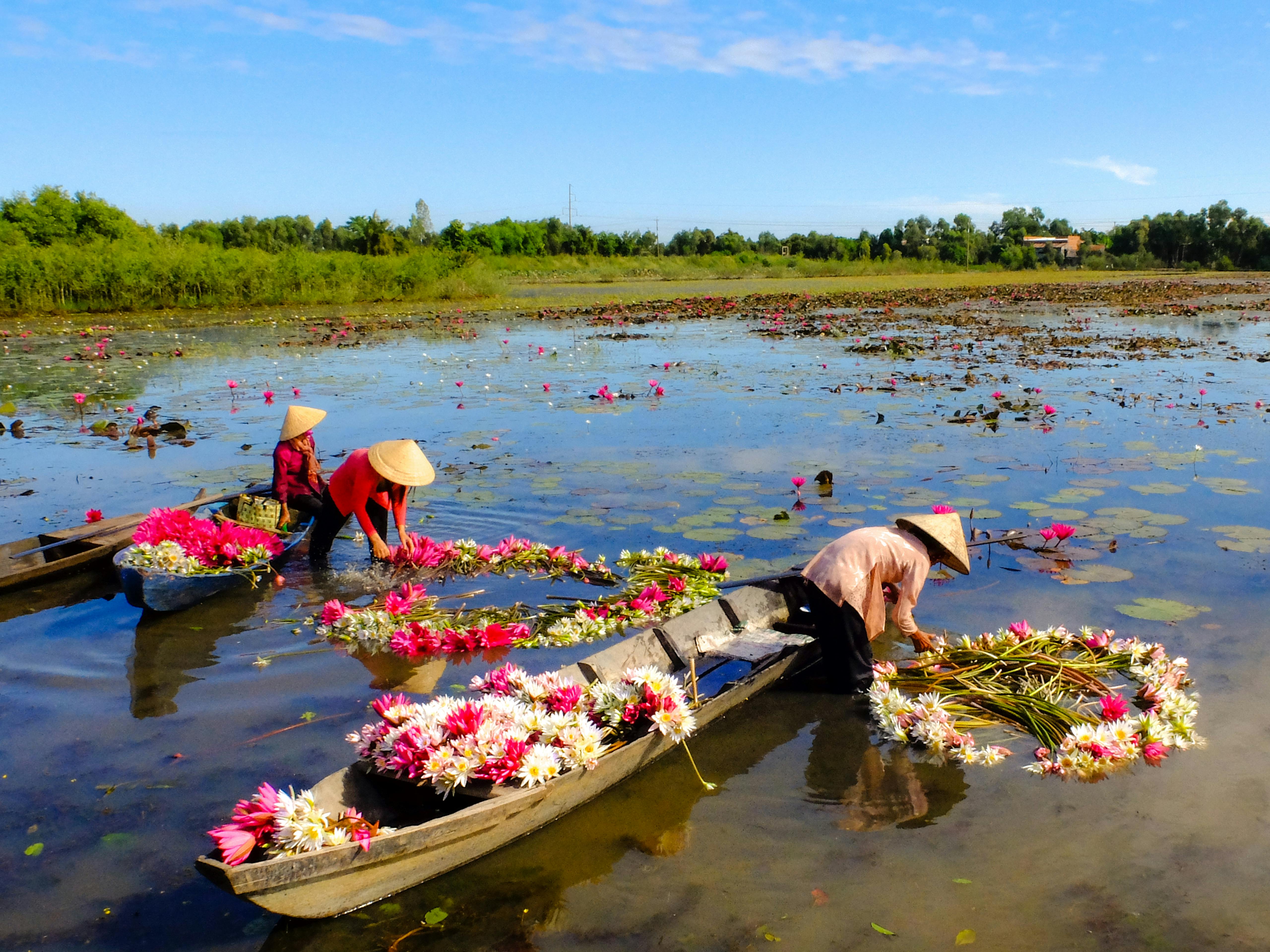Fish provides another class of protein-rich or tissue-building foods. As this term is generally understood, it includes both vertebrate fish, that is, fish that have a backbone such as salmon, cod, tarpon, etc. And many other aquatic animals such as lobsters, crabs, shrimp, oysters and clams.
As is well known, fish is a highly perishable food. Therefore, when it is caught in quantities too large to be used at one time, it is preserved in various ways. As such methods are normally carried out in the locality where the fish is caught, many varieties of fish can be conveniently stored for long periods of time and distributed in a way that meets consumer requirements.
Composition and classes of fish
In general, the composition of fish is similar to that of meat, since both are high-protein foods. In fish, as well as in shellfish, a very large proportion of the food substances present are proteins. This ratio varies with the amount of water, bone, and debris contained in the particular feed, and with the physical structure of the feed. The varieties of fish that contain more fat deteriorate more quickly and are less resistant to transport. Fish that contain a high amount of fat, such as salmon, turbot, eel, herring, halibut, mackerel, red mullet, butterfish, and lake trout, have a moister quality than those that do not. They have fat, like cod.
fish classes
Depending on the amount of fat it contains, fish can be divided into two classes, dry or lean fish and oily fish. Fish can also be divided into two classes, based on the water they live in, fish from the sea are called “saltwater fish”, and those from rivers and lakes are called “freshwater fish”.
food value of fish
The total food value of fish, as has been shown, is high or low, and varies according to the food substances it contains. Therefore, since weight for weight, the dietary value of fat is much higher than that of protein, it follows that the fish containing the most fat has the highest dietary value. Fats and proteins, as is well known, do not perform the same function in the body, but each has its purpose and is valuable and necessary in the diet. As far as the amount of protein is concerned, fish are valuable for their tissue-forming and building qualities. The nutritional value of fish can be lost in its preparation if proper methods are not applied.
To get the highest possible nutritional value from fish, you must thoroughly understand the various points that go into cooking it. When the value of fish as food is to be determined, its digestibility must be given ultimate consideration. Much depends on the way it is cooked. The ease with which fish is digested is largely influenced by the amount of fat it contains. In addition to the correct cooking of the fish and the presence of fat, a factor that greatly influences the digestibility of this food is the length of the meat fibers. It will be remembered that the parts of an animal which have long fibers are tougher and less easily digested than those which have short fibers.
Preparation of fish for cooking.
It is important to determine whether the fish is fresh or not. The fish should not give off any unpleasant odour. The first step in cleaning fish is to remove the scales. With the fish scaled, proceed to remove the viscera. Then cut off the head, fins, and tail if desired, and rinse in cold water. Many recipes call for the fish to be cut into fillets, thick, flat slices with the bone removed.
Fish that is now properly prepared can be cooked immediately or placed in the refrigerator until ready to cook. Lightly salted inside and out, it should be kept in an enamel or porcelain covered dish and then placed in the refrigerator compartment from which odors cannot be carried to the food in the other compartments.
Fish cooking methods.
Fish can be boiled, steamed, baked, fried, grilled, or sautéed. The effect of these different methods is exactly the same on fish as on meat, since the two foods have the same general structure. The cooking method to select depends largely on the size, type, quality and flavor of the fish.
Some recipes you can make on the go if the baits you brought aren’t working.
fish recipes: Boiled fish, Boiled salmon, Boiled salmon, Boiled salmon 3, Boiled salmon in salt.
seafood recipes: Nature, varieties and use of shellfish, Zysters, clams and scallops, Oysters and their preparation, Opening oysters, Oyster stew -1
fish sauce recipes: Sauce for cooked salmon or turbot, Sauce for salmon or turbo, Sauce for salmon, Cocktail sauce -2



